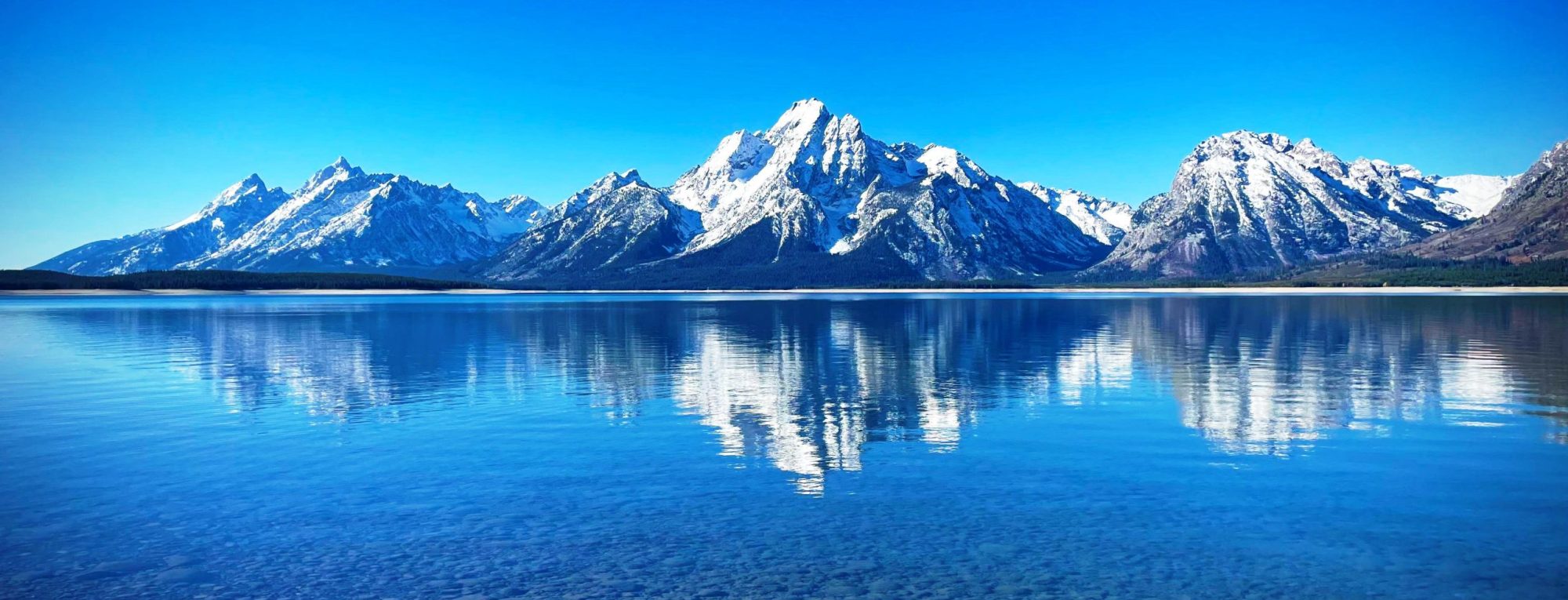Mount Hōō (鳳凰山, Hōō-san) is located in the western portion of Yamanashi Prefecture, Japan. Because the mountain has three peaks, it is also called Hōō Sanzan (鳳凰三山). It is in Minami Alps National Park and is one of the 100 Famous Japanese Mountains. from Wikipedia, the free encyclopedia
Mount Minamikoma (南駒ヶ岳, Minamikoma-ga-take) is a mountain located on the border between Okuwa, Kiso District, and Iijima, Kamiina District, Nagano Prefecture, in the Chūbu region of Japan. It is 2,841 m (9,321 ft) tall and part of the Kiso Mountains. It is also included on the list of “200 Famous Japanese Mountains.” from Wikipedia, the free encyclopedia
Mount Sannosawa (三ノ沢岳, Sannosawa-dake) is amongst the Kiso Mountains, located in the Kiso District, Nagano Prefecture, in the Chūbu region of Japan. It is 2,846 m (9,337 ft) tall. It is composed of Granite, and has a 120 m (394 ft) long 30 m (98 ft) wide cirque covered in dense vegetation, mainly pine trees. There is the “Sannosawa cirque”. Glacial expansion has created a gully, just underneath the cirque.[1] A lot of Alpine plant grow naturally. Name River and Ina River (Tributary of Kiso River) that become the sources flow to the Ise Bay of Pacific Ocean. There is the tributary called “Sannosawa” around Mount Sannosawa. Komagatake Ropeway is used to climb. from Wikipedia, the free encyclopedia
Mount Jōnen (常念岳, Jōnen-dake) is one of the 100 Famous Japanese Mountains, reaching the height of 2,857 m (9,373 ft). It is situated in Japan’s Hida Mountains in Nagano Prefecture and in Chūbu-Sangaku National Park.[4] The shape of the mountain looks like the triangle. It can be seen from Azumi Basin. from Wikipedia, the free encyclopedia
Mount Utsugi (空木岳, Utsugi-dake) is a mountain located on the boundary of Okuwa, Iijima and Miyada, Nagano Prefecture, in the Chūbu region of Japan. It is 2,864 m (9,396 ft) tall and part of the Kiso Mountains. It is also included on the list of “100 Famous Japanese Mountains.” from Wikipedia, the free encyclopedia
Mount Kasa (笠ヶ岳, Kasa-ga-take) is one of the 100 Famous Japanese Mountains, reaching the height of 2,897 m (9,505 ft). It is situated in Japan’s Hida Mountains in Gifu Prefecture and in Chūbu-Sangaku National Park. The shape of the mountain looks like the Umbrella(“Kasa”-笠) in the triangle. Therefore, it became this name. There are many mountains with same name in Japan and this is the tallest. from Wikipedia, the free encyclopedia
Mount Aka (赤岳, Aka-dake) is a 2,899m mountain on the border of Chino, Hara of Nagano, and Hokuto of Yamanashi in Japan. This mountain is the tallest mountain of Yatsugatake Mountains. Mount Aka is a stratovolcano. This mountain is a center of the Yatsugatake-Chūshin Kōgen Quasi-National Park. from Wikipedia, the free encyclopedia
Mount Washiba (鷲羽岳, Washiba-dake) is a peak in the Hida Mountains range of the Japanese Alps at 2924m, located in Nagano Prefecture and Toyama Prefecture, central Honshu, Japan. It is listed in 100 Famous Japanese Mountains. Mount Washiba is the 29th-tallest mountain in Japan. from Wikipedia, the free encyclopedia
Mount Yakushi (薬師岳, Yakushi-dake) is one of the 100 Famous Japanese Mountains,[3] reaching the height of 2,926 m (9,600 ft). It is situated in Japan’s Hida Mountains in Toyama Prefecture. It was specified for Chūbu-Sangaku National Park on December 4, 1934. from Wikipedia, the free encyclopedia
Mount Shirouma (白馬岳, Shirouma-dake) is a peak in the Hida Mountains range of the Japanese Alps, located in Nagano Prefecture and Toyama Prefecture, central Honshu, Japan. Mount Shirouma is the 26th-tallest mountain in Japan. At 2,932 metres (9,619 ft), it is the highest peak in the Hakuba section of the Hida Mountains, and one of the top “to climb” peaks for Japanese hikers. It is also one of the few peaks in Japan with year-round snow fields (Firn), in the Shirouma Dai Sekkei, or Shirouma deep-snow gorge (白馬大雪渓). It is located within the Chūbu-Sangaku National Park. Mount Shirouma is one of the landmark 100 Famous Japanese Mountains. Alpine plants are also abundant on Shirouma in the summer. from Wikipedia, the free encyclopedia
